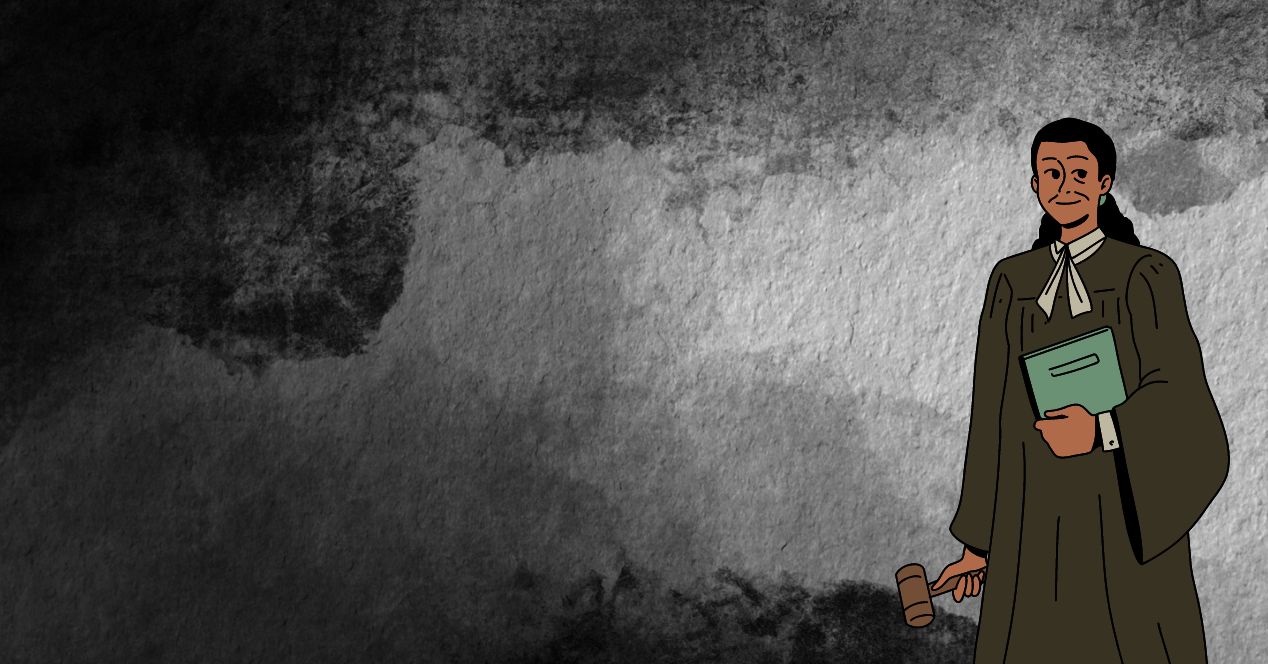Analysis
Can there be real representation without reservation?
Why aren’t we talking about reservations in the higher judiciary for women and members of marginalised communities?

This week, the water cooler conversation in courts, chambers and newsrooms like ours has been all about representation, helped along by the headlines after Chief Justice D.Y. Chandrachud’s remarks during his appearance at the Hindustan Times Leadership Summit.
When CJI Chandrachud was asked about the representation of women and marginalised communities in the judiciary, he mentioned that he’d been reading the political philosopher Michael Sandel’s book The Tyranny of Merit, which details how merit-based societies fall short of addressing the structures that underpin inequality. In Tyranny, Sandel picks apart the founding myth of seemingly liberal, progressive societies across the globe: that social mobility is possible with true talent and hard work. (On a similar line, law students might find Sandel’s Harvard Law School lectures on justice particularly thought-provoking.)
Taking a leaf out of Sandel’s book, the Chief Justice spoke about “structural barriers” to judicial representation at the “very point of entry.” The example he gave was of the English-language entrance exams that aspirants are required to crack to enter the country’s premier law schools. “Right at the threshold,” Chief Justice Chandrachud remarked, “the standards and parameters that we are laying out for entry into the legal profession, in that sense, are warped or they are loaded against those who do not have access.”
On the particular point about women’s representation, the Chief acknowledged that “old boys’ clubs” and informal networks keep women out. “Mindsets have to change,” he suggested, while also highlighting that the talent pool for elevation remains highly limited, given the lack of senior women judges in the high courts.
But the Chief pointed out two heartening trends: more women than men being recruited to district judiciary; and the fact that the video-conferencing facility introduced as a response to the pandemic had enabled many more women to argue cases.
Okay, now all this said and done, when can we reasonably expect these progressive discussions to reflect in actual numbers in the higher judiciary? Out of the 273 judges that have sat in the Supreme Court since independence, 11 have been women. Out of the 604 judges appointed to high courts between 2018 and July 2023, only 2.98 percent and 1.49 percent belonged to Scheduled Castes and Scheduled Tribes respectively. The OBC representation in this period stood at only 11.92 percent.
We have a Chief Justice reading and quoting from Sandel, and whose judgements have previously shown that he has a firm grasp on intersectionality theory, but how does he beat the criticisms of all-talk-no-action that are increasingly being directed towards him?
I’m going to suggest something provocative to make that leap. It’s what I consider a sine qua non in any serious conservation on the ‘tyranny of merit.’ Why aren’t we talking about reservations in the higher judiciary for women and members of marginalised communities? Recently, a Parliamentary Panel tasked with preparing a report on judicial reform endorsed the idea for the collegium to recommend an adequate number of women and marginalised community candidates for judicial appointment. It suggested doing this through a tweak in the Memoranda of Procedure, which is “currently under finalisation.”
But what I’m thinking about is going the whole hog, constitutional amendment and all. Just like the National Commission for Scheduled Castes did in its 2014 special report, where it declared that the judiciary should come under the ambit of constitutional reservation like the executive and legislature. The view that a member of a SC or ST has “no merit” can only be held by “an incorrigible bigot”, the report further said. I’m inclined to agree.
This article was first featured on SCO’s Weekly newsletter. Sign up now!




